Hip Hop History and Basic Movements Overview

Hip-hop is not just a dance, but a whole culture: multifactorial, with a long history and a huge number of admirers around the world. The structure of hip-hop also includes DJing, breaking, em-singing, knowledge. The musical base of hip-hop is very large, and she accompanied the fans of the trend in various fields. For example, in hip-hop, basketball and streetball were supported, they were fond of graffiti, and adhered to a certain style of clothing. The peculiarity of the flow is also that it is difficult for it to become outdated. And yet it continues to develop very actively.
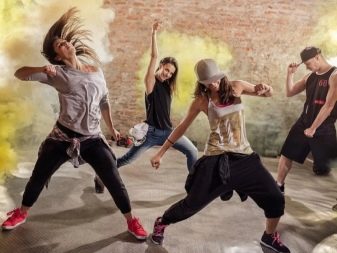
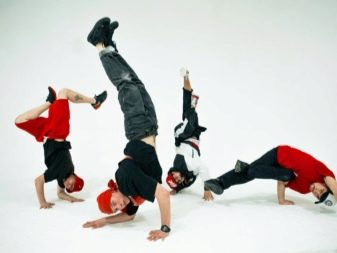
Dance history
Back in the 70s of the last century, special party music appeared in the African American environment of the Bronx (New York area). It was made by disc jockeys, who later became known as DJs, and they worked in a rather primitive sampling. That is, the musical loss of one composition was repeated many times - a completely simple, but very popular trick at that time.
The MCs are worth mentioning as they were also an important part of hip-hop culture. MC (Master of Ceremony) is, figuratively speaking, presenters who represent DJs at a party and keep the audience in the right tone.

All hip-hoppers know the name of Kul-Herk, because he is one of the founders of this great culture. He organized parties, tried recitation in musical interruptions and used breaks in his work, that is, breaks. During these breaks, dancers came out in a circle and showed who was good at what. And now not only music, but also dance is becoming a prominent part of the culture.
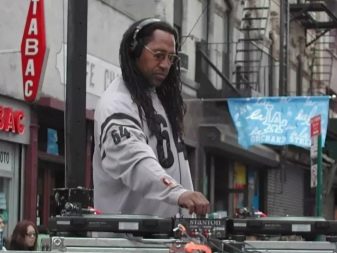

And the name "hip-hop" came from Africa Bambaattee, a DJ. "Hip" and "hop" are sounds that imitate movements. If translated literally, you get something like "rise - leap".
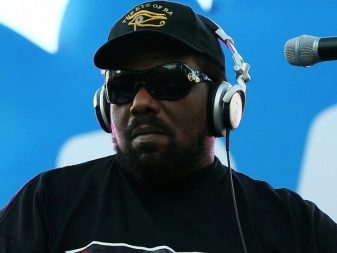
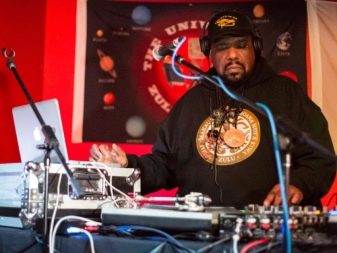
The peculiarity of the dance style is that it appeared on the street. One could imagine what was happening at parties in the Bronx and what the participants themselves thought about the direction they were creating. It was quite small-town, although popular, but it was far from the mainstream. Moreover, the culture was considered predominantly African American. But what happens next: hip-hop gives rise to certain types of dances - locking, popping, and finally, break-dancing appear. In the 80s, the television show "Soul Train" was released, as well as several cool films at once ("Wild Style", "Beat Street"), and the direction generated by the Bronx begins to quickly and victoriously "march" across America.

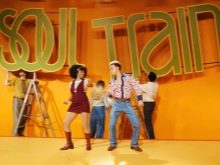
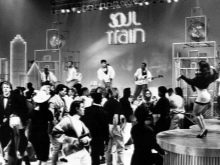
Dance studios are opening here and there. The movement is also joined by classical dancers who contribute to the development of hip-hop, they do joint performances with street artists, and the quality of the movements, the professionalism of both sides only improves from this. Thanks to films and videotapes with dancers' performances, the whole world will know about hip-hop. The iconic scene from the film "Courier" (1986, directed by K. Shakhnazarov) shows that hip-hop was not only famous in the Union, it was famously picked up by the guys who were keen on dancing and with passion they took up the promotion of the style in the Soviet subculture.
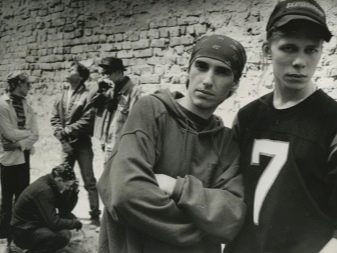
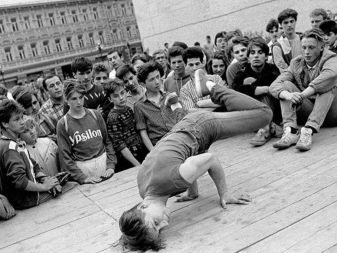
In the 90s, the commercialization of hip-hop became much more evident. Few people call it the style of the gateway, and after such hits as "Kings of the Dance Floor" and "Step Forward", it becomes clear: hip-hop no longer needs to prove anything. In the new Russia, Bad Balance and, of course, the legendary Da Boogie Crew, a hip-hop association that attracted millions of Russian-speaking children to the western stream, appear. Their video "You wanted to party" was shown on central channels in programs like "Up to 16 and older", and the audience almost "copied" the dancers' movements in the video. And then Decl's "Friday" shot, after which the country was covered by a wave of hip-hop.

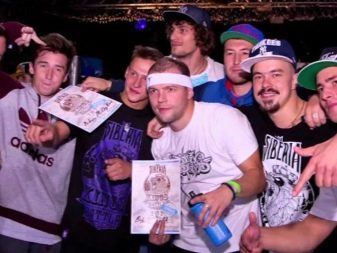
And yet, many consider the period from 1986 to 1993 to be the golden era of hip-hop, when the genre was developing as actively as possible. In the 2000s, the genre slowly began to break away from its origins. Popularity came to the so-called gangsta rap, there was an active commercialization of street style, the compositions became tougher and more aggressive. Now this is no longer (at least, the activity of the direction has subsided), but hip-hop is still collecting new names. Freestyle festivals are held, that is, improvisation is very much appreciated in today's dance.
It should be noted that the elements of hip-hop are borrowed by other styles, that is, they have gone not just "to the people", but have become the base somewhere for show performances, pop dance, etc.

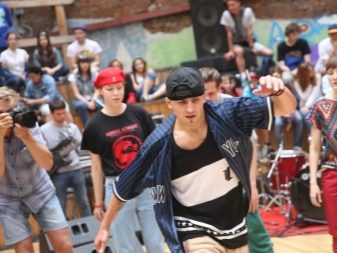
Basic movements
Movements in hip-hop should be soft, and this is what delights the viewer. In the first lesson, it is enough to learn 3 key movements - it is enough, because not everyone can master them, not the most difficult ones, the first time.
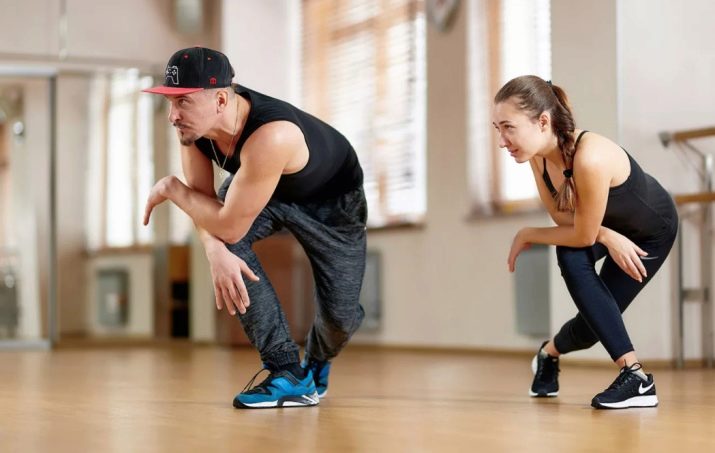
Movement No 1 "Thawne Wap"
- The left foot should be placed in front of you, but not too wide, just a step. The feet are closed so that the toes are connected and the heels are farther apart. The knees are also connected.
- The feet can now be opened by connecting the heels and moving the toes. While the feet open and close, the legs should be slightly bent at the knees.
- Next, you need to raise the right leg, bend it at the knee so that the foot is at the level of the knee of the left leg. The raised leg is placed on the floor, a little further than the second leg.
- The feet close - the socks are connected, the heels - move away, the knees are next to each other. Then the feet must be opened, connecting the heels, moving the toes apart. This movement has its own rhythm: a step is made at the count of "one", at the count of "and" the stops are closed, at the count of "two" - they are opened. On the count "and two" the artist accelerates a little.
- Now about hand movements. You need to take hold of an imaginary rope with two hands so that one is stretched parallel to the lower plane, and the other is bent at the elbow, and the fist is at the level of the neck.Then the supposed rope is pulled in the other direction - and so on back and forth.
- Another hand shape in this movement is drum sticks. It is like striking with imaginary sticks on imaginary drums. The arms, of course, are bent at the elbows, the forearms are parallel to the lower plane.
- It remains only to connect the movements of the arms and legs - you will get a real "Tone Wap": on the count of "one" - the left leg in front of you, at the same time the hand grasps the presented rope, on the count of two - the feet open, the heels are connected, and the toes move away, the hands to the original.
Any movement is done with the so-called dance.
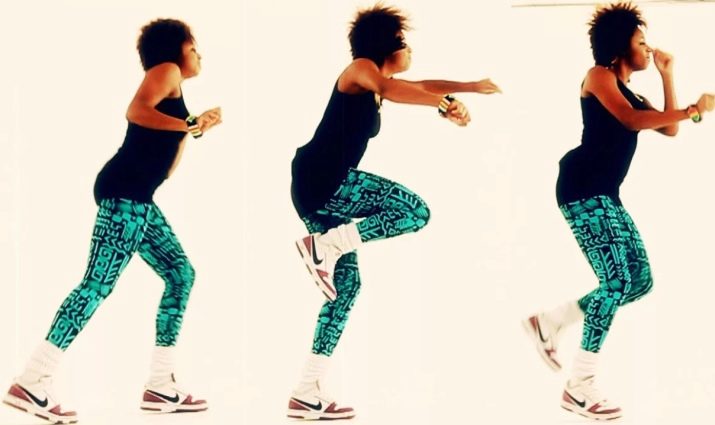
Movement No 2 "Brooklyn Dance"
- On the count of "and" - to spread the legs wide, on the count of "one" - to cross the limbs in the jump, on the count of "and" - to turn the feet inward (as in the previous movement), on the count of "two" - to return the feet to the original. At the same time, a swing is done - swinging on smoothly bent knees.
- Hands move like this: at the expense of "and" - swing, arms are extended behind the back, she herself is straightened, at the expense of "times" - the arms are smoothly bent at the elbows, in this position you need to swing down. The hands are at the level of the chest. On the count of "two" - the limbs are smoothly bent at the knees, and the arms - at the elbows, you need to swing down.
- The movements of the arms and legs are connected: for "one" - the legs are crossed in a small jump, the arms are gently bent, you need to swing down. Hands in the same place - chest level.
Obviously, this movement is easier, but for it you will have to master the previous one first.
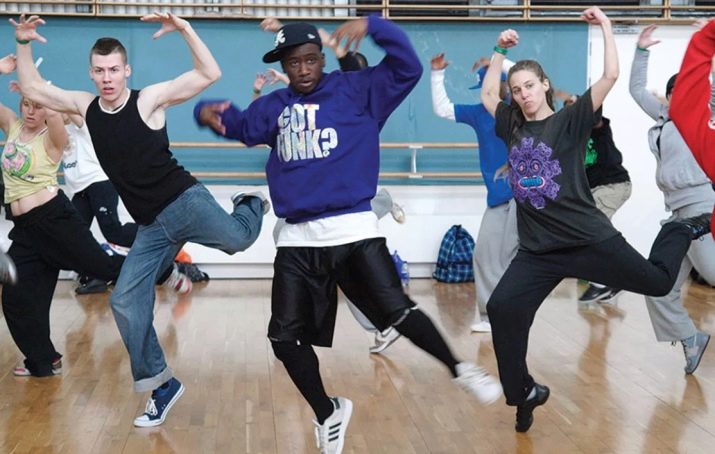
Movement No 3 "Criss Cross"
- On "and" - cross the lower limbs in a certain jump so that the right leg is in front. On "one" - to spread the legs in the jump, on "and" - the left leg is already in front, on "two" - again in the jump, the legs are apart.
- Legs should not be straight, otherwise there will be no smoothness and softness in movement. And there is no "wooden" hip-hop. Hand movements in "criss-cross" can be any.
Further, it is better to master a bunch of all these movements. There is no need to rush, the main points in hip-hop may not work out right away, the entire list of the base will gradually be mastered, but without working out the most key ones, it is better not to think about promotion.
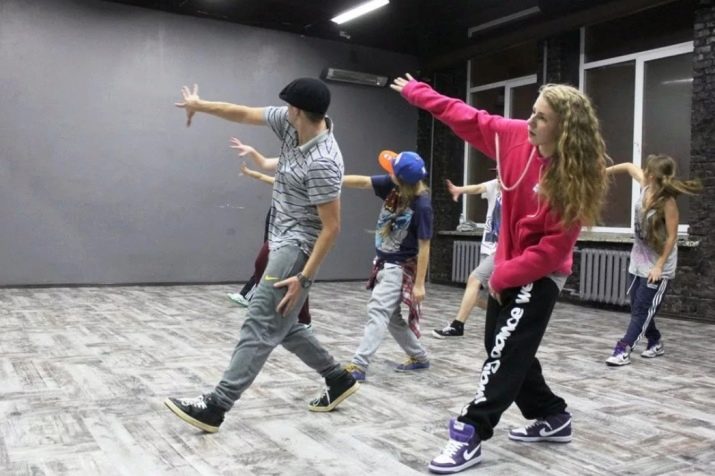
For clarity, see the video for all basic movements.
Views
There are classics, and there are new directions that are actually developing independently.
Classic
Break dance is probably the most popular type, which has already split into many sub-styles. It all started with an uprock - such a manner of performance that it was very much like a dance battle. We can say that the street gangs competed in the dance, deciding who is cooler with just such movements.
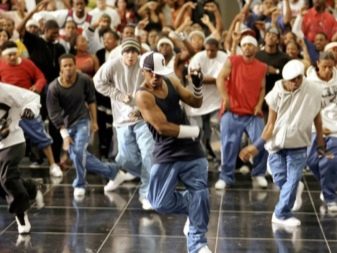
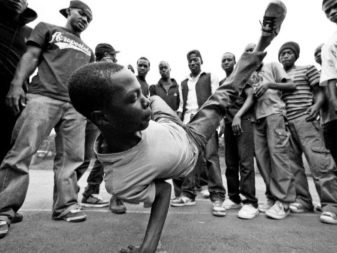
Distinguish between upper and lower break dance, which are quite different from each other. The upper break (boogie) has its well-known sub-styles: robot, electric boogie, etc. Break dance is characterized by movements to a broken break beat, music with wave, power, and acrobatic elements. The dancer's body should work in two planes: vertically and horizontally. There are few other places where a dancer works on the floor and it looks so spectacular.
Other classic forms of hip-hop include locking. A dancer can be compared to a person placed in a glass cube. He now and then bumps into the walls, pauses for a second, and again continues soft movements. This dance also has jumping. But the Egyptian break is also known - a dance in which there should be right angles in the movement of the hands.
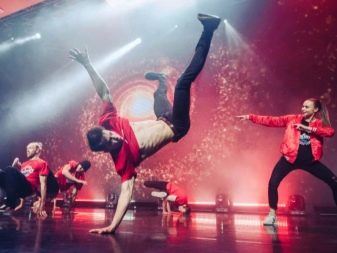
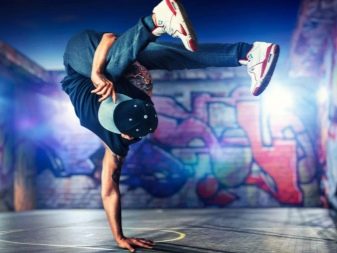
Modern
If the classics are considered the old school, then the modern trends are the new school. Active footwork is what distinguishes modern styles in particular.
New school styles:
- freestyle - movements from different dance directions with which hip-hop is mixed;
- LA-style - a style that originated in Los Angeles, is show-oriented, there is a lot of pure choreography, it is often shown in music videos and variety shows;
- krump - all parts of the body move very energetically, the style looks impressive, but quite aggressive, there are a lot of convulsive movements, and this is very fashionable today.
In fact, there are so many directions, as if they are born every day. And not all of them maintain the purity of styles, mix them, filling their program with something unique and very spectacular.

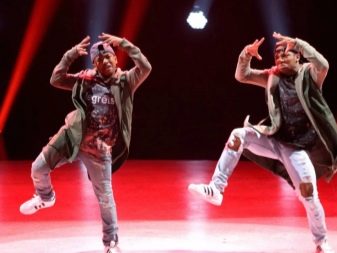
How to learn to dance?
Learning from scratch always seems scary, because beginners are afraid of being funny, not keeping up with everyone, etc. Therefore, the first lessons often take place at home. And not only children, not only teenagers made their first dance moves at home, many adults also tried to learn this way.
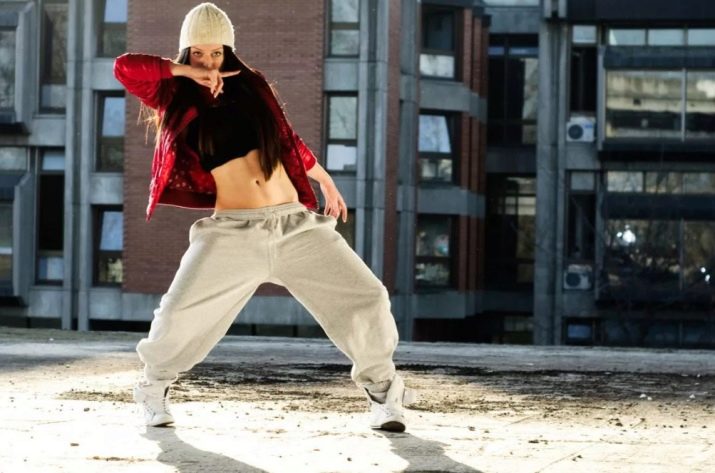
Pro tips on how to learn hip hop from scratch are below.
- You need to acquire a suitable environment: have a flat floor, a spacious room, a full-length mirror. This house may not exist, but options are possible. You will also need comfortable shoes and loose clothing. Finally, music with a clear rhythm should accompany each lesson.
- To feel like you're on the hip-hop wave, you can tune in: stand up straight, spread your legs, lower your arms and close your eyes. You have to listen carefully to the music and learn to hear the beat. Sway to the beat. It all starts with this simple exercise.
- Of course, you can't do without video recordings. You need to look for those where the teacher explains the movements in stages. If this is not enough, you can turn to interactive courses - yes, both by Skype and by zoom, hip-hop is also being taught today.
- If there is an opportunity to get to a hip-hop party, you need to take it. Looking live at how the pros perform, you can take a closer look at a lot, learn a lot for yourself. There are parties of different styles, festivals, battles, even, for example, exclusively female parties. It is interesting and informative.
- To study successfully, exercise must be regular. Beginners should get used to the harsh discipline. And 2 hours of homework is not so much, because warming up, stretching, repetition of the past, learning new elements, ligaments, etc. are included.
- Additional physical activity may also be required - this is individual. Usually the point is to strengthen the muscles of the body - a huge list of movements without strong muscles simply cannot be performed.
- One should not be afraid to turn to professionals, and at any stage. In hip-hop schools, there are almost always groups for adults, it is fashionable and absolutely normal - to start dancing not in childhood.










